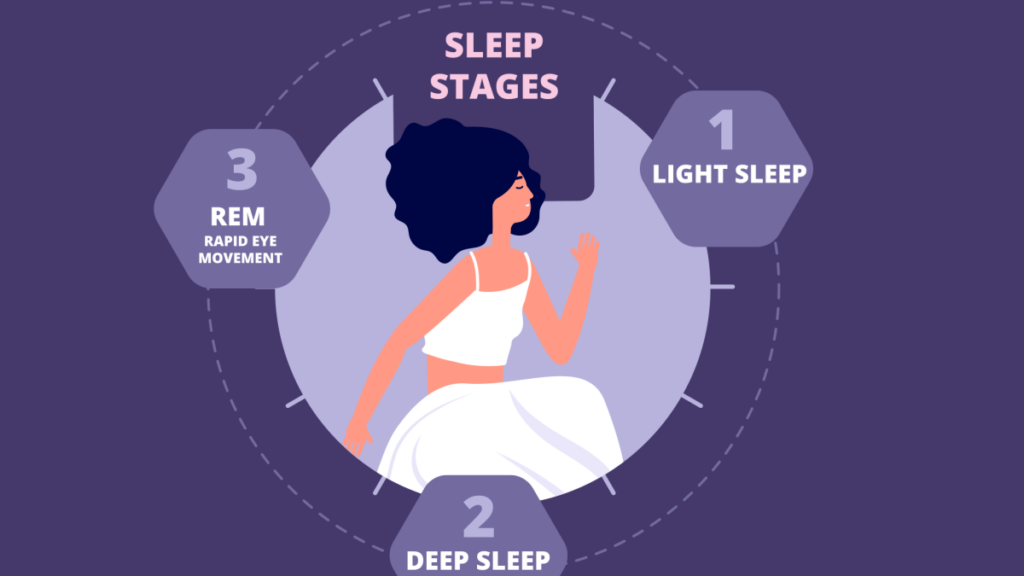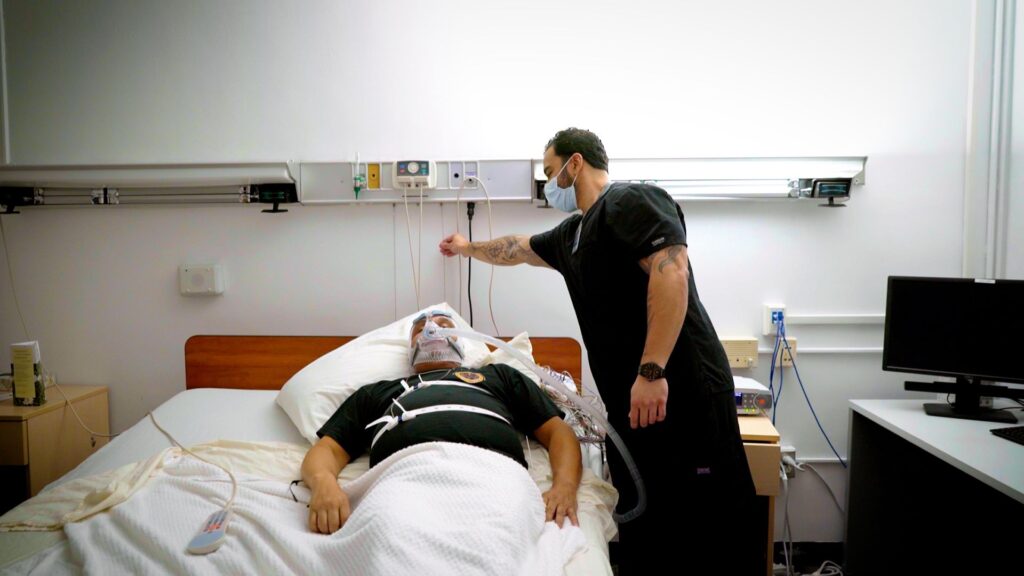Struggling with sleep can be incredibly frustrating and disruptive to daily life. Fortunately, advancements in medical science offer effective sleep disorders tests that can help diagnose and treat various sleep conditions. In this article, we’ll explore the most common tests used to diagnose sleep issues and guide you through the process of understanding which one may be best suited for your needs.
Understanding Sleep Disorders
Millions of people worldwide suffer from sleep disorders, from insomnia to sleep apnea. Conditions like these often lead to a significant reduction in quality of life, impacting both physical and mental health. To diagnose these disorders accurately, a sleep disorders test is crucial. Diagnosing sleep issues through appropriate testing helps healthcare providers tailor treatments effectively.
Why is a Sleep Disorders Test Necessary?
A sleep disorders test is essential because it provides a clear diagnosis, which is the first step toward effective treatment. Without these tests, pinpointing the exact nature of your sleep issue can be challenging. Diagnosing your sleep problem properly enables you to receive targeted treatments that improve your overall health and wellness. Whether it’s a mild sleep condition or a more complex disorder, accurate testing plays a key role in recovery. Learn more about why home sleep testing is better for health?
Common Types of Sleep Disorder Tests
Various tests can diagnose different types of sleep disorders. Below are some of the most commonly used sleep disorder tests, each serving a unique purpose in assessing sleep health.
1. Polysomnography (PSG)
Polysomnography is one of the most comprehensive tests used to diagnose various sleep disorders, including sleep apnea, restless legs syndrome, and narcolepsy. Conducted overnight in a sleep center, polysomnography monitors brain waves, oxygen levels, heart rate, and breathing patterns.
How Polysomnography Works
During polysomnography, sensors are attached to the scalp, face, and chest. These sensors record data, which is analyzed to identify sleep abnormalities. For example, if breathing interruptions are observed, sleep apnea might be diagnosed.
Pros and Cons of Polysomnography
Polysomnography is widely regarded for its accuracy. However, the test can be expensive and may not be accessible in all areas. In addition, since it’s performed in a sleep lab, some individuals might find the setting uncomfortable.
2. Home Sleep Apnea Testing (HSAT)
If going to a sleep center is inconvenient, a Home Sleep Apnea Test (HSAT) might be a practical alternative. Primarily used to diagnose obstructive sleep apnea, this test is performed in the comfort of your own home.
How Home Sleep Apnea Testing Works
HSAT typically involves wearing a device that monitors breathing patterns, oxygen levels, and heart rate. Although it’s less comprehensive than polysomnography, it provides sufficient data to diagnose obstructive sleep apnea.
Pros and Cons of HSAT
HSAT is convenient and can be cost-effective. However, it’s limited to diagnosing sleep apnea and may miss other sleep disorders. Additionally, HSAT might not be suitable for individuals with other complicating health issues.

3. Multiple Sleep Latency Test (MSLT)
The Multiple Sleep Latency Test (MSLT) measures how quickly you fall asleep in a quiet environment during the day. It is often used to diagnose narcolepsy and excessive daytime sleepiness.
How MSLT Works
MSLT is conducted over a day in a sleep center. The test consists of five scheduled naps, with two-hour intervals between each. If you fall asleep quickly, it may indicate excessive daytime sleepiness or narcolepsy.
Pros and Cons of MSLT
MSLT is highly accurate for diagnosing narcolepsy. However, it requires spending an entire day in a sleep lab, which may be inconvenient. Also, it does not diagnose other types of sleep disorders beyond excessive sleepiness and narcolepsy.
4. Actigraphy
Actigraphy is a non-invasive test that monitors movement, particularly helpful for diagnosing circadian rhythm disorders. Individuals wear a device similar to a wristwatch, which records movement data to assess sleep patterns over days or weeks.
How Actigraphy Works
The actigraphy device records your body’s movement throughout the day and night. This data helps doctors determine if you’re experiencing issues like insomnia or circadian rhythm disruptions.
Pros and Cons of Actigraphy
Actigraphy is easy to perform and can be used at home. It’s helpful for diagnosing sleep-wake disorders but lacks the detail of a polysomnography test, which measures other parameters like brain waves and oxygen levels.
5. Maintenance of Wakefulness Test (MWT)
The Maintenance of Wakefulness Test (MWT) is used to assess the ability to stay awake in a quiet environment. It is often prescribed for individuals in safety-sensitive jobs or those undergoing treatment for sleep apnea.
How MWT Works
MWT involves multiple sessions throughout the day, where you sit quietly in a dimly lit room and attempt to stay awake. Falling asleep too quickly may suggest a problem with alertness.
Pros and Cons of MWT
MWT is valuable for assessing alertness, especially for people in roles that require sustained attention. However, it’s limited to diagnosing sleepiness and does not evaluate other sleep disorders.

6. Electroencephalogram (EEG)
An Electroencephalogram (EEG) measures brain activity and is commonly used to diagnose issues like seizures, which may disrupt sleep. It’s also helpful for understanding certain sleep patterns.
How EEG Works
Electrodes are placed on the scalp to measure electrical activity in the brain. The recorded data can help doctors detect abnormalities that impact sleep quality.
Pros and Cons of EEG
EEG provides accurate information about brain activity, making it essential for certain diagnoses. However, it is not specific to sleep disorders and may need to be combined with other tests.
How to Prepare for a Sleep Disorders Test
To achieve the best results, prepare carefully for your sleep disorders test. Follow any instructions provided by your healthcare provider. Generally, avoiding caffeine, alcohol, and heavy meals before testing can ensure better results. Bringing comfortable clothing can also make the process more pleasant.
Interpreting Your Results and Next Steps
After completing a sleep disorders test, your doctor will interpret the results and discuss potential treatment options. Treatments range from lifestyle changes to continuous positive airway pressure (CPAP) therapy for sleep apnea. Depending on the diagnosis, medication or behavioral therapy may be recommended as well.
Choosing the Right Sleep Disorders Test
Selecting the best sleep disorders test depends on your symptoms and medical history. Consulting with a sleep specialist is the first step in determining which test will provide the most accurate diagnosis. With the right test, you’ll be on the path to better sleep and improved health.

